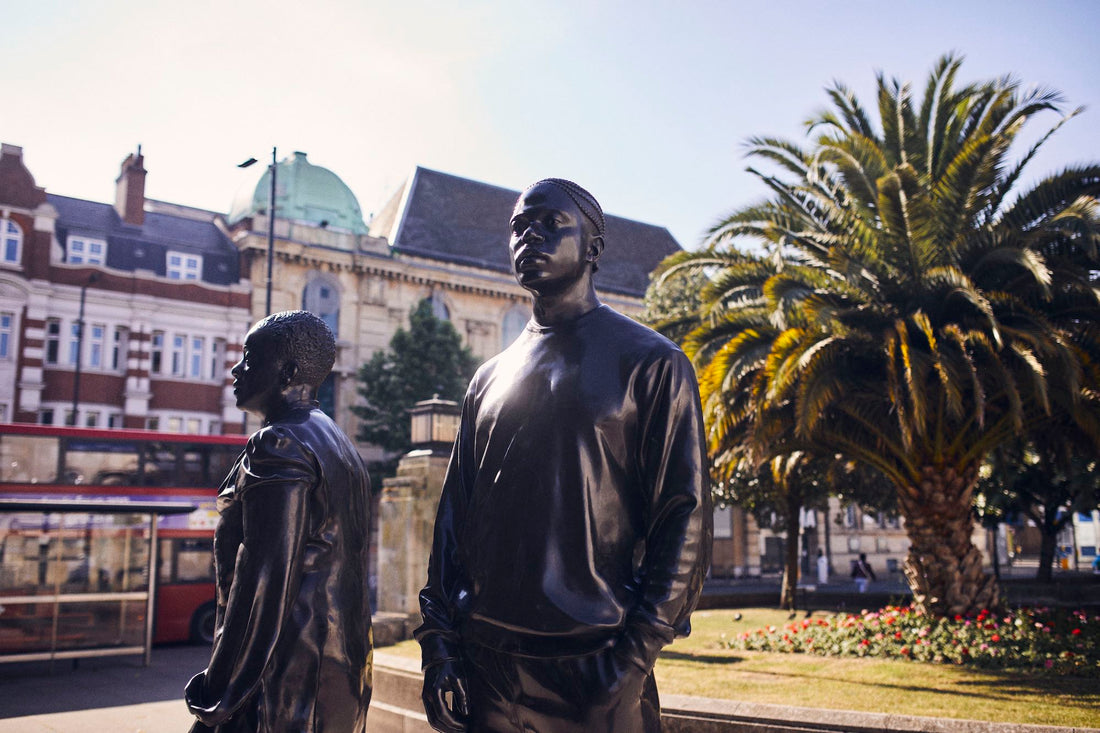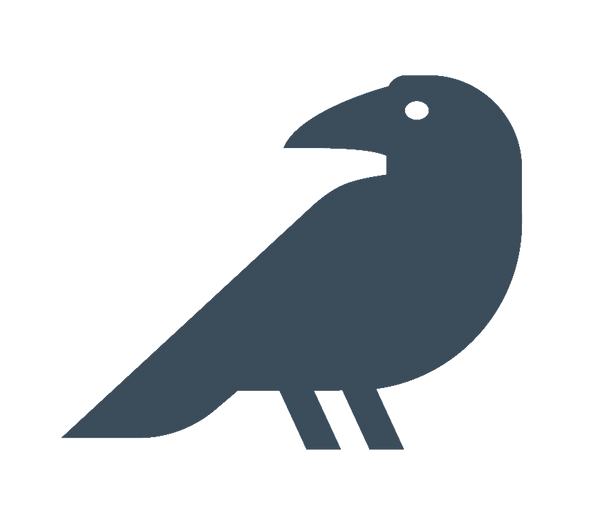
Mapping landmarks of Black History in London
Share
Meet authors of Blue Crow Media’s latest map, Black History London Map, Jody Burton and Avril Nanton. Here, they tell us about their mission of improving knowledge and understanding of Black History in London, and highlight some landmarks for you to discover including the Black Cultural Archives in Brixton and the Windrush statues in Hackney. Lookout for their book Black London: History, Art & Culture in over 120 Places, published in 2021.
Please can you briefly introduce yourselves, and tell us how you came to create this map together?
AVRIL: I set up Avril's Walks and Talks in 2016 after being made redundant. In 2018 Jody and I started writing our book together titled Black London: History, Art & Culture in over 120 Places, and this was published in 2021. The idea for the map came when I saw an advert by Bluecrow Media showing their other maps. I pitched the suggestion, and Jody and I worked on deciding which items to include.
JODY: I have always been interested in black history and art. I did my degree in Caribbean Studies in the 1990s and hosted a Black Arts Group from 2016-2019. I have worked as a Librarian for nearly ten years and particularly during Black History Month, I was frustrated with the lack of Black British History books and the emphasis on Black American History. The idea for Black London came out of the desire to see more representation of Black British stories depicting physical landmarks. I approached Avril with the suggestion and after three years of researching and planning our book, Black London was published in 2021. It was great to work on this project, highlight new landmarks, and put Black History on the Map!

The Black History London Map, published 2022
What area of London do you live in, and why do you like living there?
AVRIL: I live in Enfield, north London. I have lived here since 2000 and enjoy the fact that we are only 10 minutes from the countryside where my husband and I can go and enjoy walks and Sunday lunch in a riverside pub. The area is quite rural in parts, but I also live close to a local station which takes you directly into Liverpool Street within 20 mins.
JODY: I was born in east London but since childhood, I have lived in Lewisham, south east London. I love the diversity, culture, and Black history here. Like most boroughs, it is rough around the edges but this year has highlighted the growing Literary and Arts scene in celebration of being the Borough of Culture. We are also home to the Migration and Horniman Museums and Lewisham is the greenest borough with a wide selection of parks that I love to run in.

Located in Stockwell, this sculpture – featured on the map – was the result of a 10-year campaign by Guyana-born poet, playwright and teacher Cécile Nobrega.
Why do you think it is important for people to learn about Black history in/through the urban space?
AVRIL: I think it's important that people learn about Black British history in particular as we live in the UK. Most often when Black history is spoken about, it's from the American perspective. But I believe that learning and owning our own Black British history is just as important. At school the only Black history that’s taught is about slavery. But our history is about more than that and it’s important that we learn about Africa as a whole, as well as the Caribbean, and everywhere Black people live. We too have built empires, created and built monuments etc. It’s important that young people in particular know this so they have heritage and race pride.
JODY: I think it's important that all people learn about Black history as this is British history. An honest, full narrative needs to be told. It is a challenging history, which for too long has been told by the winners of history, exploration for one was exploitation for the others over hundreds of years. You cannot speak of the industrial revolution, empire, and colonization without being aware of the imbalance of power and suppression and, in turn, the legacy of inequality and racism created. These landmarks reflect some of these challenges and equally many achievements. Hopefully, this map will encourage people to explore and learn more about the black history in our city.

Unveiled on Windrush Day 2022, the National Windrush monument by artist Basil Watson pays tribute to the Caribbean pioneers.
Which landmark on the map deserves more attention and why?
AVRIL: I personally think that the Black Cultural Archives (BCA) deserves the most attention. It holds a history of Black British people that most people are not aware of. They have books, files, photos, ephemera, etc. that helps those doing research of their history.
JODY: I love the Windrush statues in Hackney and especially the National Windrush Monument at Waterloo Station. It is a stunning sculpture and a fitting tribute to that generation. It is great to see the positive public interaction with it.
Can you pick one landmark that you discovered something surprising about during the process of creating the map?
JODY: Adinkra Symbols is one of the newer landmarks featured on the map. Although I was aware of the African symbols generally, it was interesting discovering the vast range and trying to decipher them.

The Westminster Pan-African roundel by artist Larry Achiampong’s celebrates the contributions of the African diaspora, reflected in the colours and 54 stars representing the continent’s countries.
Please can you craft a little walking afternoon itinerary with some sites from the map?
AVRIL:
Starting tube station: Westminster
Finishing tube station: Charing Cross (Trafalgar Square exit)
Stop 1: Mary Seacole Statue
Stop 2: Buxton Memorial Fountain
Stop 3: Nelson Mandela Statue
Stop 4: George Ryan
JODY:
Starting train station: London Bridge
Finishing tube station: Westminster
Stop 1: Wayne Marques
Stop 2: Africa Centre
Stop 3: National Windrush Memorial
Stop 4: Westminster Underground Roundel

These bronze and marble Caribbean fruits by Veronica Ryan are part of the Hackney Windrush Art Commission.
Buy your copy of the Black History London map here.
